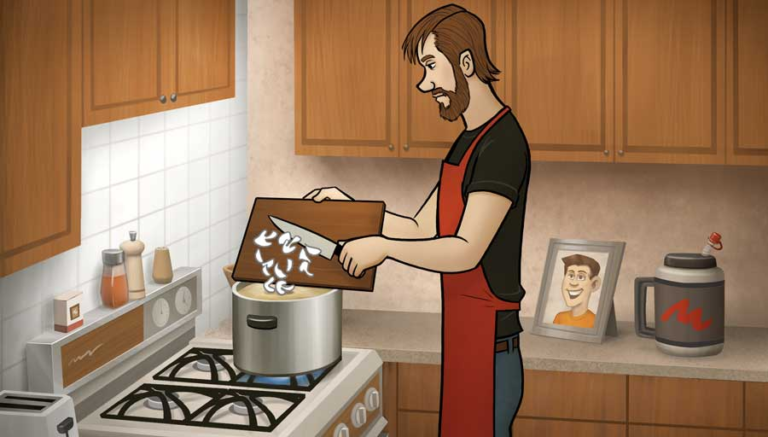Hallux Rigidus – A Quick Guide
Hallux Rigidus is a common but often misunderstood foot condition that affects millions of people worldwide. Also known as “stiff big toe,” it can be painful and restrict your ability to walk and engage in physical activities. In this quick guide, we will explore what Hallux Rigidus is, its causes, symptoms, diagnosis, and treatment options to help you better understand this condition and how to manage it effectively.
If you are looking for a high-quality range of orthopedic devices like Variable Angle Locking Plates, contact experienced orthopedic manufacturers.
What is Hallux Rigidus?
Hallux Rigidus is a degenerative condition that affects the joint at the base of the big toe, known as the metatarsophalangeal (MTP) joint. It is characterized by the gradual wear and tear of the cartilage in this joint, resulting in stiffness and pain. This condition can be caused by a variety of factors, and it often develops over time, leading to a decrease in the range of motion in the big toe.
Causes of Hallux Rigidus
There is no single cause of Hallux Rigidus, but several factors can contribute to its development, including:
Genetics: A family history of the condition may increase your risk.
Injuries: Trauma to the big toe, such as a stubbed toe or a sprain, can accelerate the degeneration of the joint.
Overuse: Engaging in activities that place excessive stress on the big toe, such as running or dancing, can lead to Hallux Rigidus.
Arthritis: Osteoarthritis, the most common form of arthritis, can affect the MTP joint and lead to Hallux Rigidus.
Symptoms of Hallux Rigidus
The most common symptom of Hallux Rigidus is pain and stiffness in the big toe, especially when walking or pushing off with your foot. Other symptoms may include:
- Swelling around the affected joint.
- Difficulty bending the big toe, causing limited mobility.
- Enlargement of the joint due to bone spurs.
- Pain that worsens with cold weather or physical activity.
Diagnosis
If you suspect you have Hallux Rigidus, it’s essential to seek a proper diagnosis from a healthcare professional. A podiatrist or orthopedic specialist will perform a physical examination of your foot, review your medical history, and may order imaging tests like X-rays to assess the severity of the condition. To get the right treatment plan, an accurate and timely diagnosis of the condition is necessary.
Treatment Options
The choice of treatment for Hallux Rigidus depends on the severity of the condition and its impact on your daily life. Here are some common treatment options:
Conservative Management: In mild cases, non-surgical methods can be effective. This includes rest, wearing roomier shoes, using orthotics, and taking over-the-counter pain relievers. Physical therapy may also help improve joint mobility.
Footwear Modification: Choosing shoes with a wide toe box and good arch support can alleviate pain and pressure on the big toe joint.
Corticosteroid Injections: These can be administered to reduce inflammation and provide temporary pain relief.
Physical Therapy: Specific exercises can help maintain joint mobility and strength.
Orthotics: Custom-made shoe inserts can help distribute weight more evenly, reducing stress on the joint.
Surgery: In severe cases, surgical intervention may be necessary. Procedures like cheilectomy (removal of bone spurs), joint preservation surgery, or joint fusion (arthrodesis) can be considered.
Joint Replacement: In extreme cases, joint replacement surgery (arthroplasty) may be recommended to restore joint function.
Siora Surgicals Pvt. Ltd. is one of the oldest manufacturers of an international standard quality range of trauma implants and instruments. The company also participates in various medical healthcare conferences that are organized from across the globe. Currently, Siora is preparing to visit the IOACON Orthopedic Conference in Lucknow from 14-17th December 2023. You can visit Siora at stalls 51 & 52.






